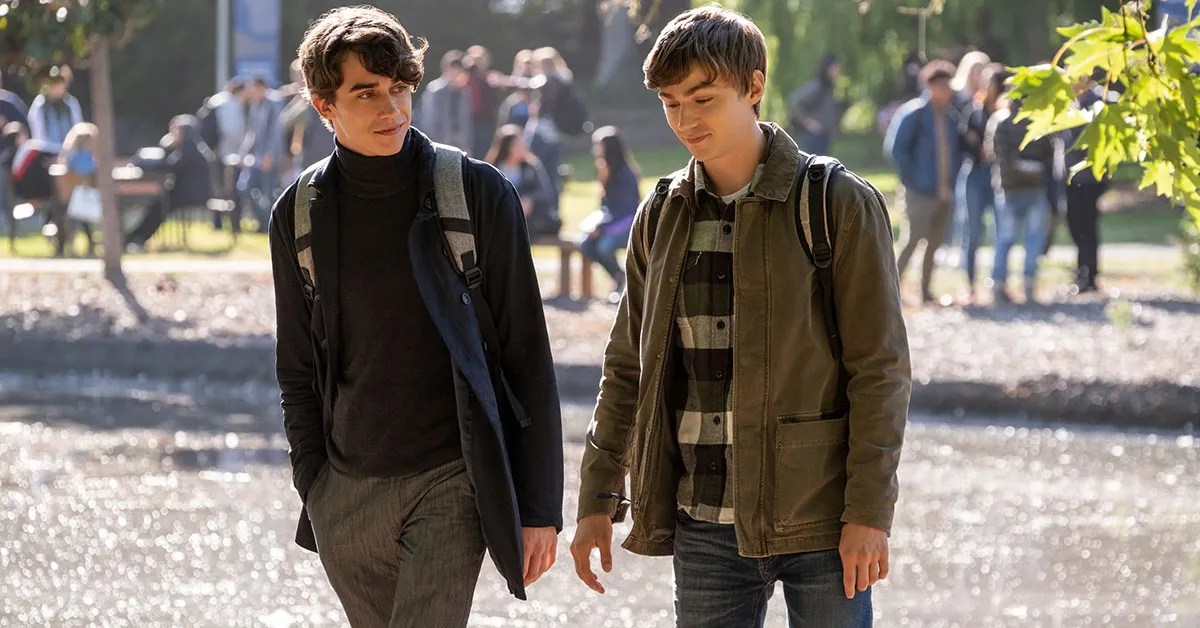13 Reasons Why They Matter

In the evolving landscape of media, the representation of gay characters has gained prominence, sparking conversations that transcend mere entertainment. These characters not only reflect the diverse tapestry of society but also play an essential role in fostering understanding and acceptance. As audiences become more aware of the importance of representation, the question arises: why do gay characters resonate so deeply with viewers? This article delves into the heart of this inquiry, exploring 13 compelling reasons why gay characters are essential in various forms of media.
From television shows to films, the inclusion of gay characters offers a glimpse into the rich experiences of LGBTQ+ individuals. These narratives provide an opportunity for audiences to engage with different perspectives, ultimately contributing to a more inclusive society. By examining the significance of gay characters, we can better appreciate their role in storytelling and the broader cultural implications they carry.
In a world that often grapples with issues of identity, acceptance, and love, gay characters serve as beacons of hope and resilience. Their stories can inspire, challenge stereotypes, and promote empathy. Join us as we explore the multifaceted reasons why gay characters are vital in contemporary media and why their representation is more important than ever.
What is the Impact of Gay Characters on Audience Perception?
Gay characters have a profound impact on how audiences perceive LGBTQ+ individuals and issues. By presenting relatable narratives, these characters help dismantle stereotypes and foster empathy. When viewers see gay characters portrayed as complex individuals with their own struggles and triumphs, it humanizes the LGBTQ+ experience.
Why Do Gay Characters Promote Inclusivity?
Inclusivity is essential in storytelling, and gay characters play a pivotal role in achieving this goal. Their presence in media encourages acceptance and understanding among audiences. By showcasing diverse sexual orientations, creators challenge societal norms and create a more inclusive environment for all.
How Do Gay Characters Encourage Dialogue About Identity?
Gay characters often serve as catalysts for conversations about identity and self-acceptance. Their journeys resonate with viewers, prompting discussions about the importance of embracing one’s true self. These narratives can inspire individuals grappling with their own identities, fostering a sense of community and support.
What Are the 13 Reasons Why Gay Characters Are Important?
How Do Gay Characters Influence Young Audiences?
Young audiences are particularly impressionable, and the representation of gay characters can have a lasting impact on their views about diversity and acceptance. Positive portrayals can help them develop a more inclusive mindset, shaping their understanding of love and relationships in a broader context.
What Can We Learn from Gay Characters in Popular Media?
Gay characters in popular media teach us valuable lessons about love, resilience, and acceptance. They remind us that everyone deserves to be loved for who they are and that embracing diversity enriches our lives. Their stories encourage us to challenge our biases and celebrate the uniqueness of every individual.
How Are Gay Characters Evolving in Today's Media Landscape?
With the growing demand for authentic representation, the portrayal of gay characters has evolved significantly. Today, creators are more inclined to write complex, multidimensional characters that reflect the diversity of the LGBTQ+ community. This evolution signifies a step toward more inclusive storytelling that resonates with a wider audience.
What Role Do Gay Characters Play in Promoting Mental Health Awareness?
The representation of gay characters can also play a crucial role in promoting mental health awareness within the LGBTQ+ community. By addressing the challenges faced by these characters, such as discrimination and acceptance, media can shed light on the importance of mental health support and resources for individuals navigating their identities.
Conclusion: Why Should We Advocate for More Gay Characters?
In conclusion, the presence of gay characters in media is essential for fostering understanding, empathy, and acceptance within society. The 13 reasons why gay characters matter demonstrate not only their significance in storytelling but also their potential to inspire change and create a more inclusive world. As we continue to advocate for diverse representation, it is vital to recognize the valuable contributions that gay characters make in shaping our cultural narratives and promoting equality for all.
ncG1vNJzZmirn521b6%2FOpmasp5idu6bD0qCcq7FiZH50edGemKynnqh6uLTYZp6asV2YtaK%2BwJyrnqqjY7W1ucs%3D